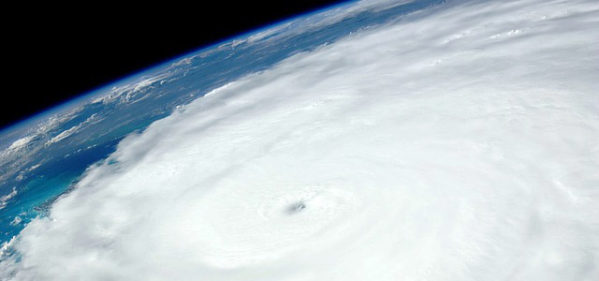After the hurricane: How to protect your home
- Don’t return home until officials declare it safe. Watch out for flooded roads, washed out bridges, downed power lines.
- Is your home flooded? Don’t turn on any electrical items. Does the structure look damaged? Don’t enter.
- Wear long pants, boots and gloves when moving debris.
- Take lots of photos, inside and outside, with your mobile phone.
- Take steps to protect your home from further damage.
- Using a generator? Review these safety tips.
Producers, it’s still early in the hurricane season. Hopefully we won’t be visited by a nasty storms like last year’s Laura and Teddy. However, now’s the time to provide your clients with a list of tips for protecting personal property after a hurricane, tornado or major storm.
Returning home after a hurricane
First things first: ensure your own safety. Once officials declare it’s safe to return home, beware of flooded roads and washed out bridges. Use extra caution at night, since street lights are out and debris or flooded sections of roads will be hard to see. Give any downed power lines and wet areas around them a very wide berth. Remember that downed or damaged trees can harbor hard-to-see power lines that can be a hazard. Report those downed lines, along with any gas leaks. If your home or building has been flooded, don’t try to turn on any electrical items. If the structure looks like it’s sustained serious damage, don’t enter. That goes for your house, an unattached garage, storage shed – or other structure.
Also watch out for debris and any displaced animals (i.e. snakes, mice, etc.) that may have found a new home underneath. It’s best to wear boots, long pants, protective glasses and gloves when moving debris.
Related: Storm season preparation tips for your homeowners
Use bottled water until you’re told that your tap water is safe. Check your fridge and freezer for food spoilage. If in doubt, throw it out.
Safety tips for using a generator
If the power is still out and you use a back-up generator, use extra precaution. Of the 28 deaths from 2020’s Hurricane Laura, half were caused by carbon monoxide poisoning from unsafe use of emergency generators.
- Maintain proper ventilation according to manufacturer’s instructions. Make sure there’s plenty of air flow around it.
- Don’t bring the generator indoors or locate it near an open window, vent or air intake which could allow carbon monoxide to seep into your house.
- Don’t position it near a covered awning, porch or garage.
- Properly ground your generator and keep it dry.
- Leave your house if you begin to feel sick, dizzy, light-headed or have flu-like symptoms. This could be a result of carbon monoxide. Open all windows and turn off the generator for a bit. You may need to relocate it.
If you need to relocate temporarily, keep any receipts for lodging and other expenses, because most homeowners policies will cover emergency living arrangements.
Related: Safety tips for business recovery after a hurricane or other disaster
Protecting your home after a hurricane to prevent further damage
Take photos of the damage, outside and inside (if it’s safe to do so) and report the loss to your insurance company. Those photos will be needed by your adjuster.
Next, take reasonable steps to protect your home from additional damage by rain, wind, or theft. Board up windows and damaged doors. Secure a tarp over a damaged roof. Rescue undamaged items; those that can be saved by drying them out should be pulled out into the sun. Your adjuster will give you specifics on what temporary measures to take that will be covered. Be sure to get his or her contact information, because you’ll undoubtedly have lots of questions.
Prepare a list of damaged items, supplemented with photos, for the adjuster. If available, provide any receipts that you can uncover. Be sure to fill out the claims forms from your insurance company as thoroughly yet as soon as you can.
If you have a mortgage on your house, the insurance company’s check for repairs to your home will most likely be made out to both you and your mortgage lender. This means the bank or mortgage company will need to endorse the check. Lenders generally put the money in an escrow account and pay for the repairs as the work is completed. Talk with your mortgage lender beforehand to discuss the contractor’s bid and other details. Your lender may want to inspect the finished job prior to making the final payment to the contractor.
Here’s hoping this year is a hurricane-free year, with few tornadoes and other storms as well. However, it’s still a good idea to provide these tips to your clients for protecting their home after a hurricane or other major storm.
Resources:
After a hurricane: Safety tips
What to do after a hurricane
Hurricane Survival Guide: What to Do During and After the Storm
Hurricanes: After the Storm – Important Tips

